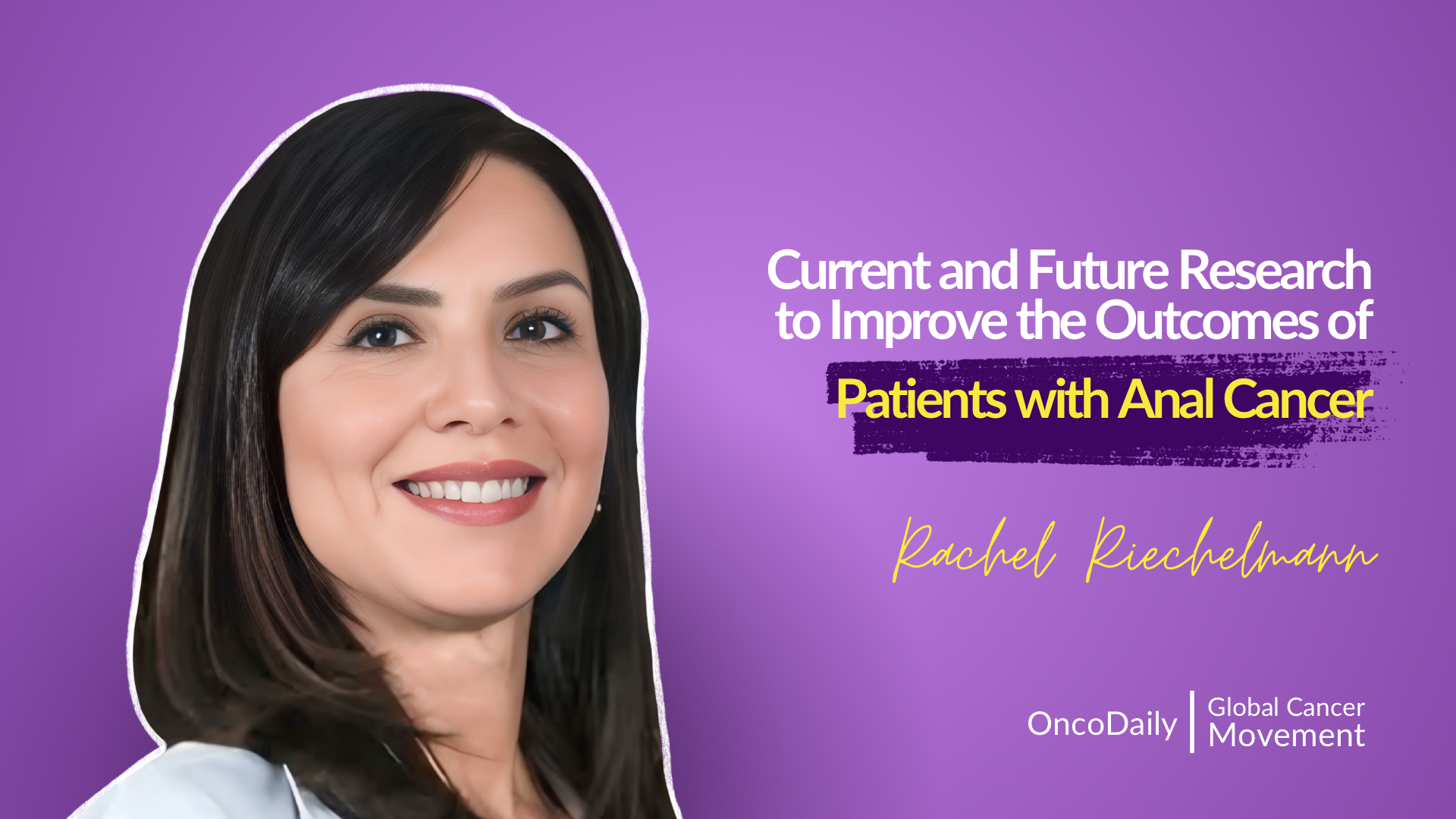In the inaugural event of the Global Cancer Movement, initiated by OncoDaily, Rachel Riechelmann delves into the innovative advancements in anal cancer treatment, addressing its growing global burden. This impactful session explores cutting-edge strategies and highlights the transformative role of research and precision care in improving patient outcomes.
Rachel Riechelmann begins by addressing the global audience and introducing their topic: advancements and challenges in the treatment of anal cancer. They emphasize that anal cancer is rare, accounting for less than 3% of gastrointestinal cancers, with approximately 50,000 new cases and 20,000 deaths globally in 2020. Its incidence is rising, particularly among HIV-positive individuals.
The primary risk factor is HPV infection, present in 90% of cases, along with other immunosuppressive conditions such as organ transplants or autoimmune diseases. Due to the high prevalence of HIV among anal cancer patients, routine HIV testing is recommended, especially in regions like Latin America, where prevalence rates range from 10% to 25%.
The mainstay of anal cancer treatment is chemoradiation, with options including mitomycin or cisplatin combined with fluoropyrimidines like 5-FU or capecitabine. Mitomycin’s limited availability in certain regions, such as Brazil, often necessitates the use of cisplatin-based regimens.
Cure rates for chemoradiation are high (80–90%), though approximately 20% of patients experience recurrence, metastasis, or persistent disease. For such cases, salvage treatment involving aggressive surgical interventions like abdominoperineal amputation may be employed, offering potential curative outcomes despite the procedure’s invasiveness.
Efforts to improve treatment outcomes include investigating reduced-intensity therapies for early-stage tumors. Studies like DECREASE are exploring whether lower radiation doses can maintain efficacy while minimizing toxicity. Other approaches involve testing pre- and probiotics to enhance tolerability of chemoradiation, although randomized trials have not shown significant benefits in terms of response rates, adverse event reduction, or microbiome changes.
Immunotherapy is also being explored in combination with chemoradiation and as a second-line treatment for metastatic disease. Various trials are testing agents like durvalumab, atezolizumab, and retifanlimab, with mixed results. For instance, the Podium 303 phase III trial showed improved progression-free survival (PFS) with retifanlimab plus carboplatin and paclitaxel, although overall survival data remain immature. Retifanlimab is anticipated to become a new standard for anal cancer treatment pending regulatory approval.
The speaker highlights the unique challenges faced by HIV-positive patients with anal cancer, including inferior disease-free and overall survival rates due to poorer tolerability of treatments like radiation. Notably, these patients often take longer to achieve complete response (median 7.8 months versus 4.8 months for HIV-negative patients). This delayed response underscores the importance of patience before pursuing salvage therapies.
The discussion shifts to rehabilitation, focusing on the long-term consequences of anal cancer treatment. While most patients are cured with chemoradiation, many experience significant side effects, such as sexual dysfunction and vaginal stenosis, particularly among women. These issues, linked to radiation-induced fibrosis, cause dyspareunia and other complications, highlighting the need for comprehensive post-treatment rehabilitation strategies.
